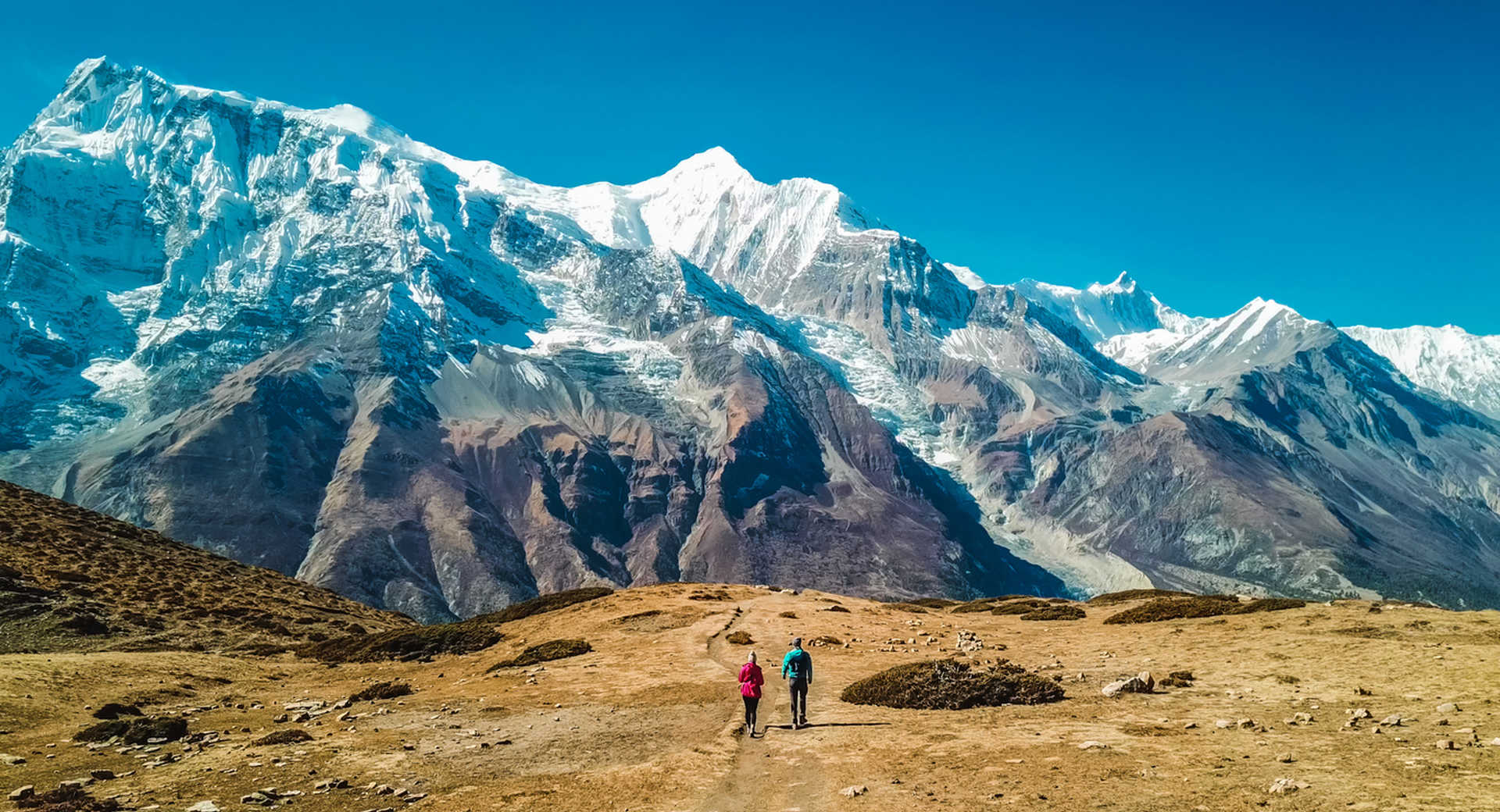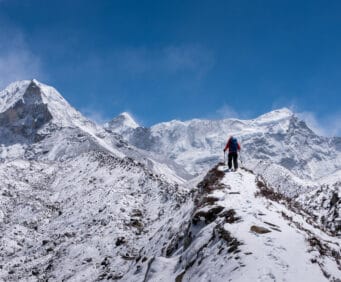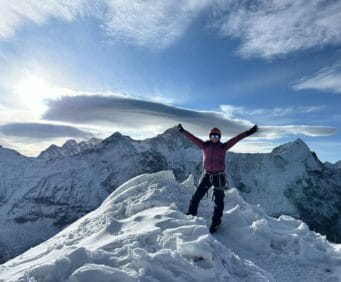
Best Time to Trek Annapurna Circuit
11th September, 2025 - Posted By: Himalayan AbodeThe Annapurna Circuit is one of the most sought-after trekking routes in Nepal, offering breathtaking views, diverse landscapes, rich cultural experiences, and a challenging but rewarding adventure. Choosing the best time to trek Annapurna Circuit is crucial for maximizing enjoyment, safety, and spectacular scenery.
This comprehensive guide covers the optimal trekking seasons, monthly weather conditions, trail considerations, and seasonal pros and cons to help travelers plan the perfect trek in 2025. It also explores why spring and autumn are the most popular times and how to prepare for other seasons if preferred.
Overview of the Annapurna Circuit Trek
The Annapurna Circuit trek stretches roughly 160 to 230 kilometers depending on the route, encircling the Annapurna massif and crossing Thorong La Pass at 5,416 meters—the trek’s highest point. It takes trekkers through multiple climatic zones, from subtropical lowlands to alpine high-altitude landscapes, each with unique weather patterns.
The best time to trek Annapurna Circuit depends on a variety of factors, including:
- Weather stability
- Trail accessibility
- Wildlife and floral conditions
- Temperature ranges
- Seasonal crowd sizes
Best Time to Trek Annapurna Circuit
Spring (March to May)
Spring is widely regarded as one of the best seasons to trek Annapurna Circuit, offering mild, pleasant temperatures, clear skies, and vibrant blooming rhododendrons that line the trails. Temperatures during the day range from 15°C to 20°C in lower elevations, while nights remain chilly, especially at higher altitudes.
- Weather and Temperature: Spring ushers in melting snow, which clears the pathway and opens up the entire circuit comfortably. Days are generally sunny with occasional afternoon showers, particularly in late May.
- Flora and Fauna: The region bursts into color with wildflowers, especially rhododendrons, making the trek visually stunning and perfect for nature lovers and photographers.
- Crowds: Spring attracts many trekkers, especially from April to May, but the trail remains less congested than the autumn peak.
Spring’s moderate weather and clear trails make it one of the most popular trekking seasons on the Annapurna Circuit.
Autumn (September to November)
Autumn is considered the best time for Annapurna Circuit trek, often preferred even over spring for its weather stability. After the monsoon rains, the air is clean and crisp, mountain views are spectacular, and temperatures are comfortable.
- Weather and Temperature: Stable clear skies dominate, offering panoramic views of Annapurna, Dhaulagiri, and Manaslu ranges. Daytime temperatures range from 15°C to 20°C in the foothills, dropping significantly at night.
- Visibility: The post-monsoon period clears haze, providing some of the most breathtaking vistas on the entire trek.
- Crowds: Autumn is peak trekking season, so expect busier trails and fully-booked accommodations. Booking in advance is highly recommended.
Trekkers who choose autumn benefit from the unforgettable scenery and ideal trekking conditions, making it the most popular season on the Annapurna Circuit trail.
Other Seasons: Monsoon and Winter Trekking
Monsoon Season (June to August)
The monsoon period brings heavy rainfall from June through August. While trekking this season is not impossible, it’s generally considered less ideal.
- Trail Conditions: Expect muddy, slippery paths and potential landslides, especially at lower elevations and forested areas near Pokhara. The heavy rains make trekking challenging and sometimes dangerous.
- Crowds: Minimal trekkers attempt the Annapurna Circuit in the monsoon, offering solitude but increased risk.
- Landscape: The landscape is lush and green with numerous waterfalls, but cloud cover often obscures mountain views.
Trekking in the monsoon requires advanced preparation, waterproof gear, and flexibility to deal with sudden weather changes.
Winter Season (December to February)
Winter trekking on the Annapurna Circuit is for the adventurous few who seek solitude and don’t mind the cold.
- Temperature: Temperatures can drop below freezing at night, especially above 3,000 meters, with heavy snowfall expected near Thorong La Pass.
- Trail Accessibility: Some trails may be blocked by snow, and facilities are limited as many teahouses close during this period.
- Crowds: Very few trekkers venture out, making it the quietest time on the trail.
Winter trekking requires high-altitude gear and strong preparedness against cold-based challenges. It’s best suited for experienced trekkers familiar with winter conditions.
Monthly Weather and Trail Conditions on the Annapurna Circuit
March and April
Early spring offers fresh air and increasing warmth. March starts cold but gradually warms, with blossoming rhododendrons and relatively dry trails.
May
May is often the warmest spring month, with temperatures ranging from 12°C to 25°C in lower regions and 0°C to 15°C in higher elevations. Afternoon showers begin to increase, particularly towards late May, signaling the approaching monsoon.
June to August (Monsoon)
Heavy rains dominate June through August. The southern and lower parts of the trail can become slippery and dangerous due to mud. The northern areas like Mustang receive less rain, offering somewhat drier trekking conditions.
September and October
September marks the end of the monsoon, bringing clearer skies and cool, dry weather. October typically offers some of the best trekking weather, with stable sunny days and chilly nights beneficial for trekking.
November and December
Early November remains pleasant, while December ushers in colder conditions with occasional snow, particularly at high passes.
January and February
The coldest months with significant snow and potential trail closures. Weather is harsh and best avoided unless well-prepared for winter trekking.
Why Timing Matters for Annapurna Circuit Trekking?
Optimal timing affects several critical trekking aspects:
- Trail Safety: Dry, stable conditions reduce risks of landslides and slippery paths.
- Acclimatization Ease: Moderate temperatures promote better acclimatization and reduce risks of altitude sickness.
- View Quality: Clear, haze-free skies enhance mountain visibility and photography opportunities.
- Accommodation Availability: Peak seasons require early booking, while off-seasons may have fewer teahouse options.
- Cultural Festivities: Timing your trek during local festivals adds cultural richness.
Practical Tips for Planning Your Trek Based on Season
- Spring and autumn trekkers should book accommodations early due to high demand.
- In monsoon, pack waterproof gear, waterproof boots, and gaiters, and be prepared for slower progress.
- Winter trekkers must carry insulated clothing, sleeping bags rated for sub-zero temperatures, and consider hiring guides experienced with winter routes.
- Monitor local weather forecasts and trail conditions regularly before and during the trek.
Conclusion: Choosing the Best Time to Trek Annapurna Circuit
For most trekkers, spring (March to May) and autumn (September to November) represent the absolute best time to trek Annapurna Circuit. These seasons combine favorable weather, vibrant landscapes, and clear mountain views that make the trekking experience unforgettable. While monsoon and winter trekking can offer unique adventures, they require advanced preparation and acceptance of additional challenges.
With careful planning around the best time to trek Annapurna Circuit in 2025, trekkers can maximize safety, comfort, and scenic splendor on this legendary Himalayan journey.
Recent Posts



